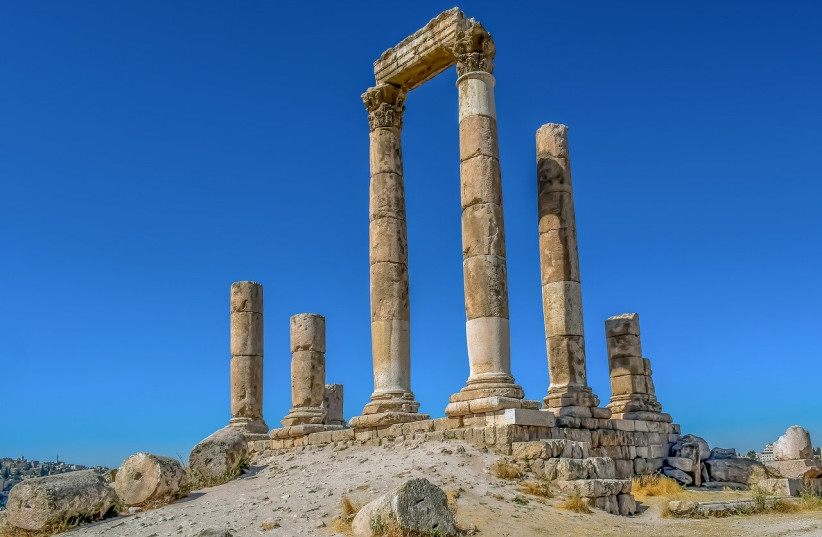The ruins of an ancient Roman-era cemetery were discovered by bulldozers in Gaza, Hamas officials revealed on Monday.
Workers were digging out the terrain in order to begin construction on an Egyptian-funded housing project when the discovery was made. The Palestinian Ministry of Tourism and Archaeology asked for construction work to be stopped, explaining that workers seized objects in what Hamas said was an ancient Roman tomb – though an independent archaeologist suggested it was actually a cemetery based on photos.
Local residents have been looting artifacts from the ancient site, such as casket covers and inscribed bricks, for at least a week before the announcement, according to local media.
The discovery of an ancient Roman site in Gaza is not a shock, as the historical city on ancient trade routes between Egypt and the Middle East has been the site of many archeological finds. Many of the archeological treasures have not been protected, however, as population density, violent conflict and other issues make archeological preservation difficult.

Hamas, the internationally-designated terrorist group that took control of Gaza by force in 2007, is the current governing body in the Gaza Strip and thus makes rulings on archeological findings. Hamas sponsored the inauguration of a 5th-century Byzantine church that was restored by local and international non-governmental organizations as a museum last week, though it destroyed large parts of a 4,500-year-old Canaanite settlement in 2017.
